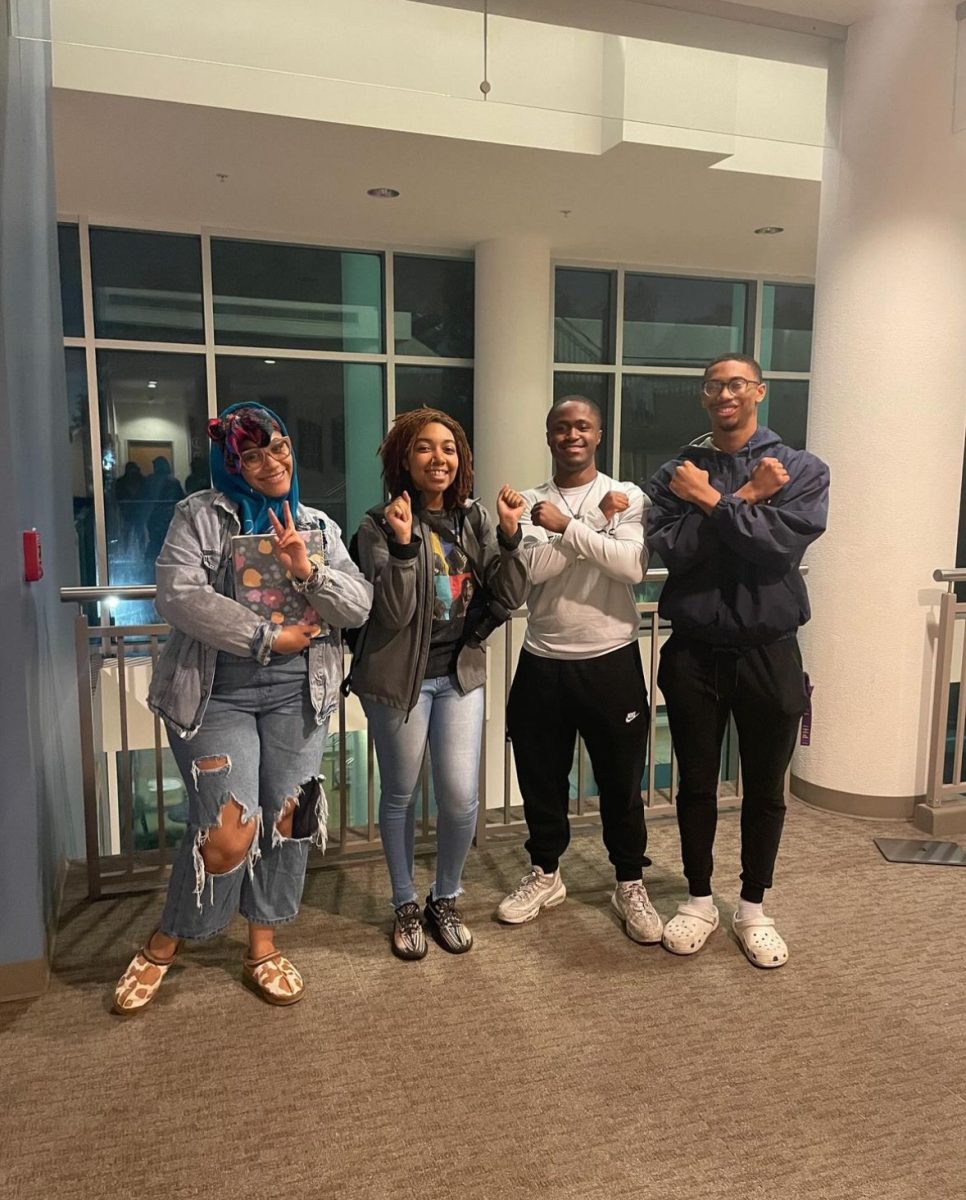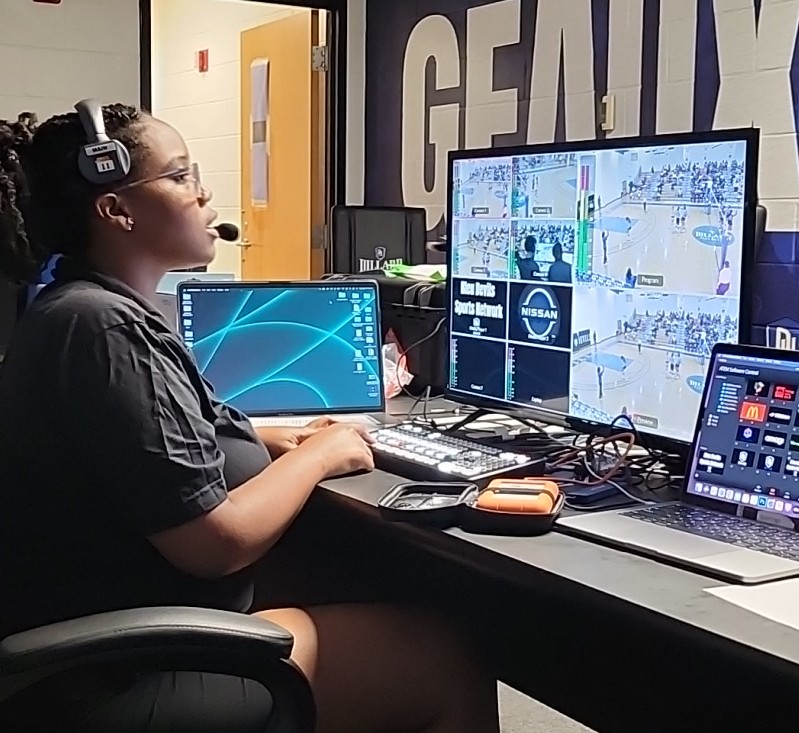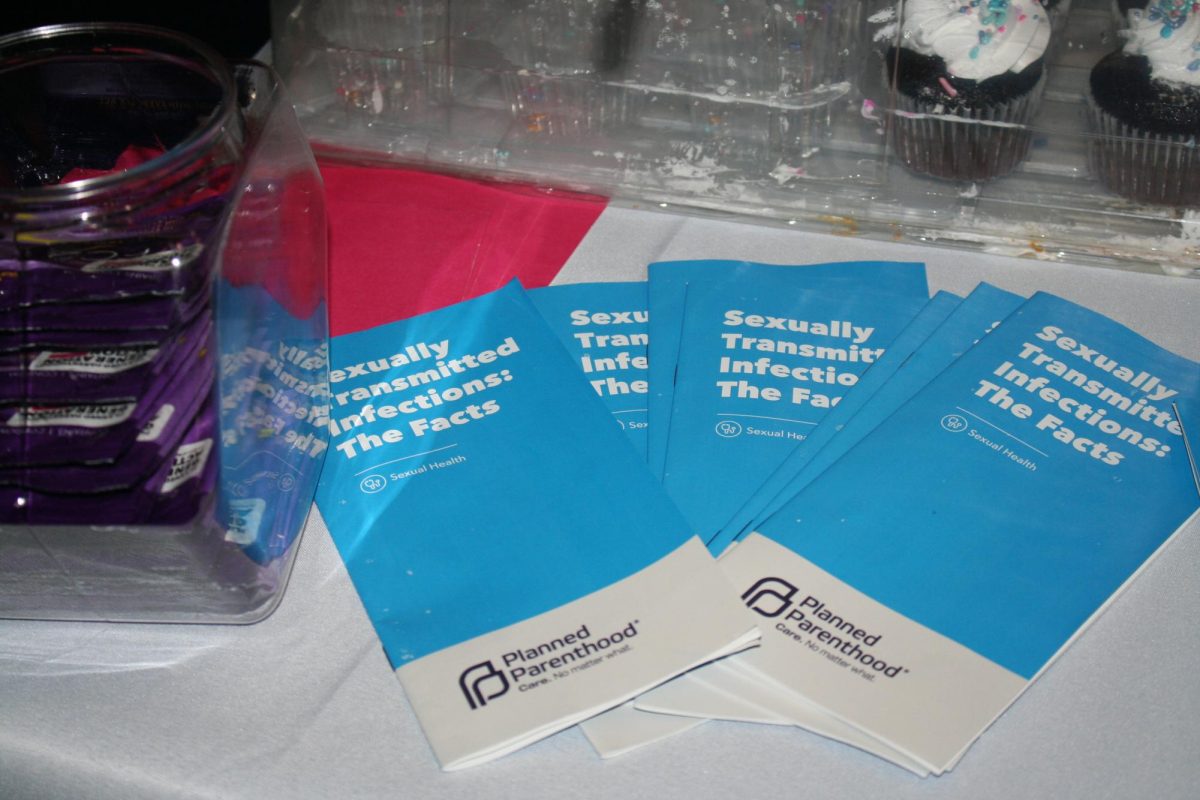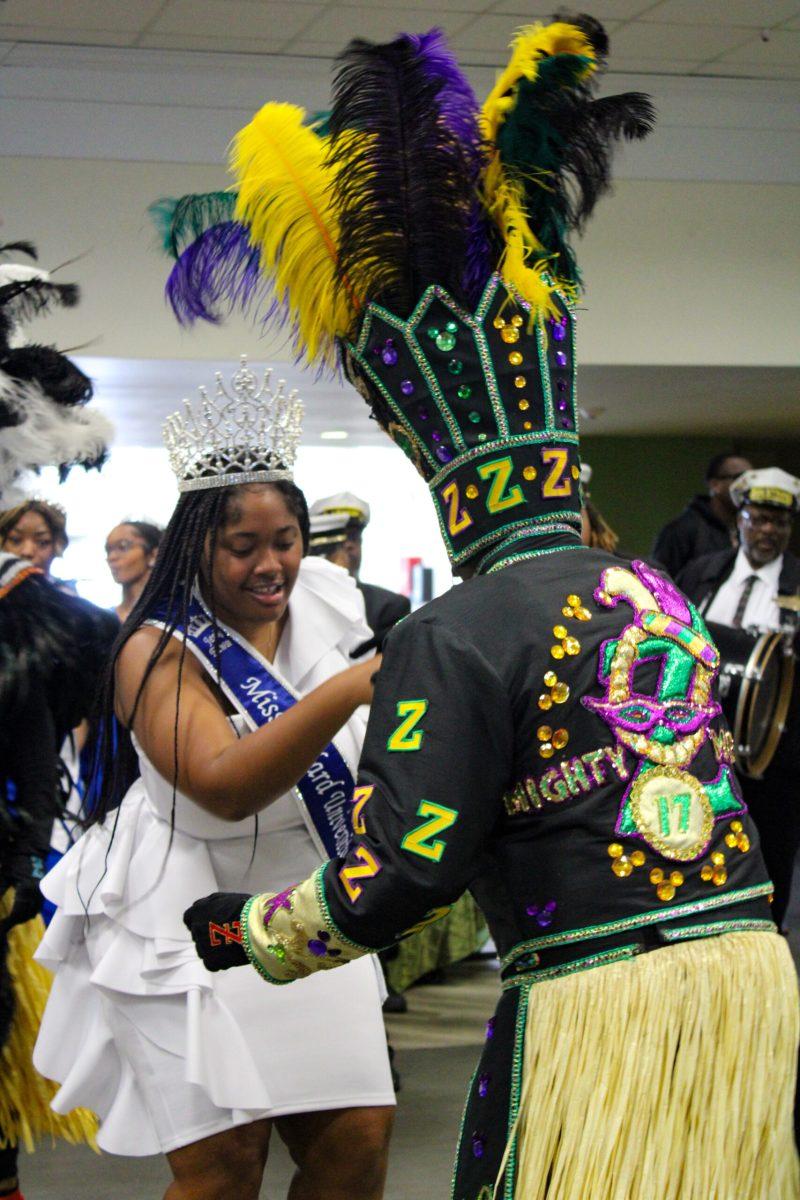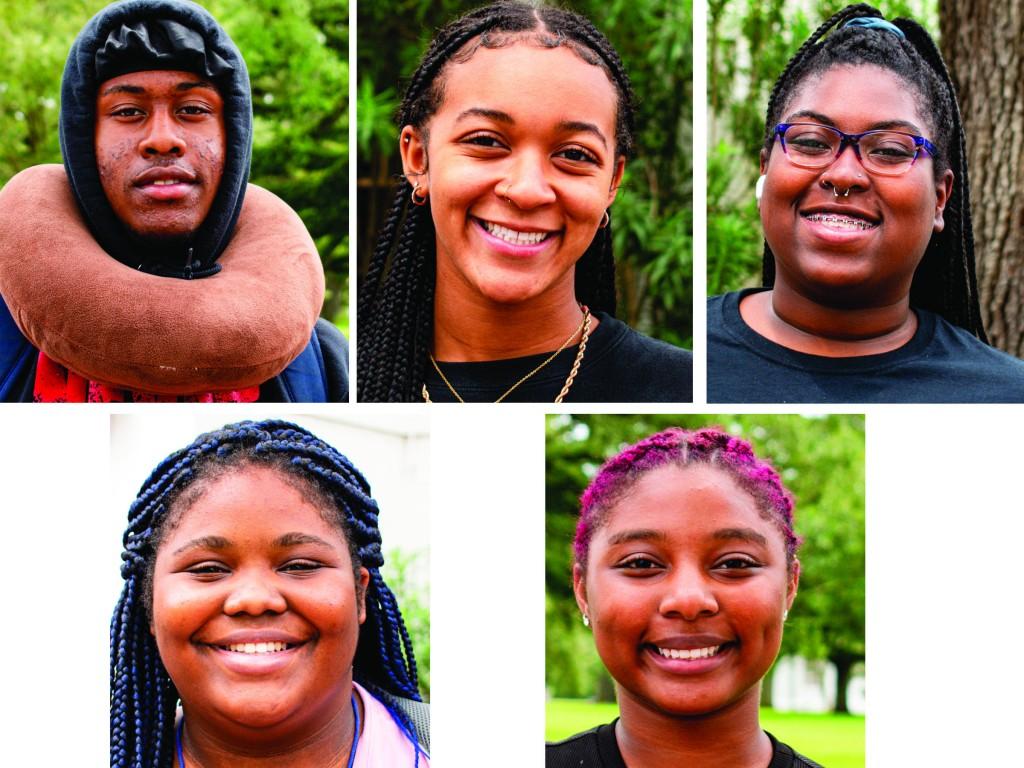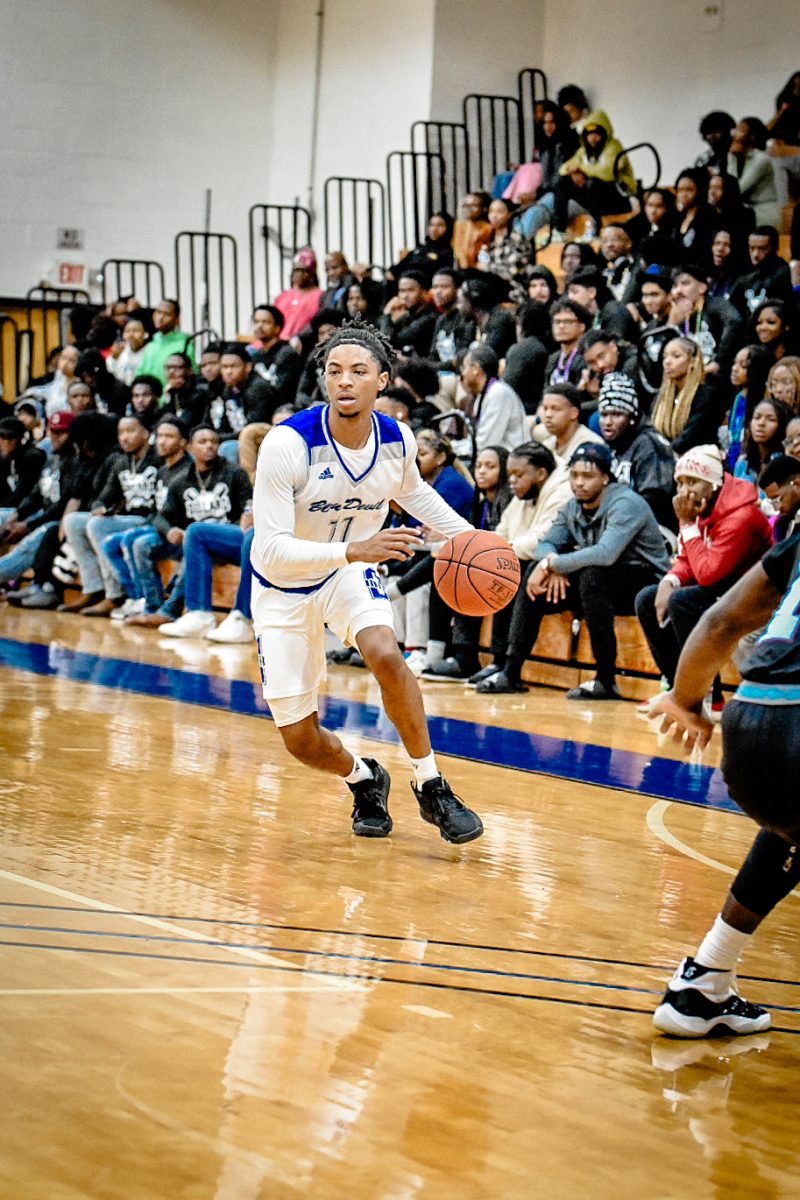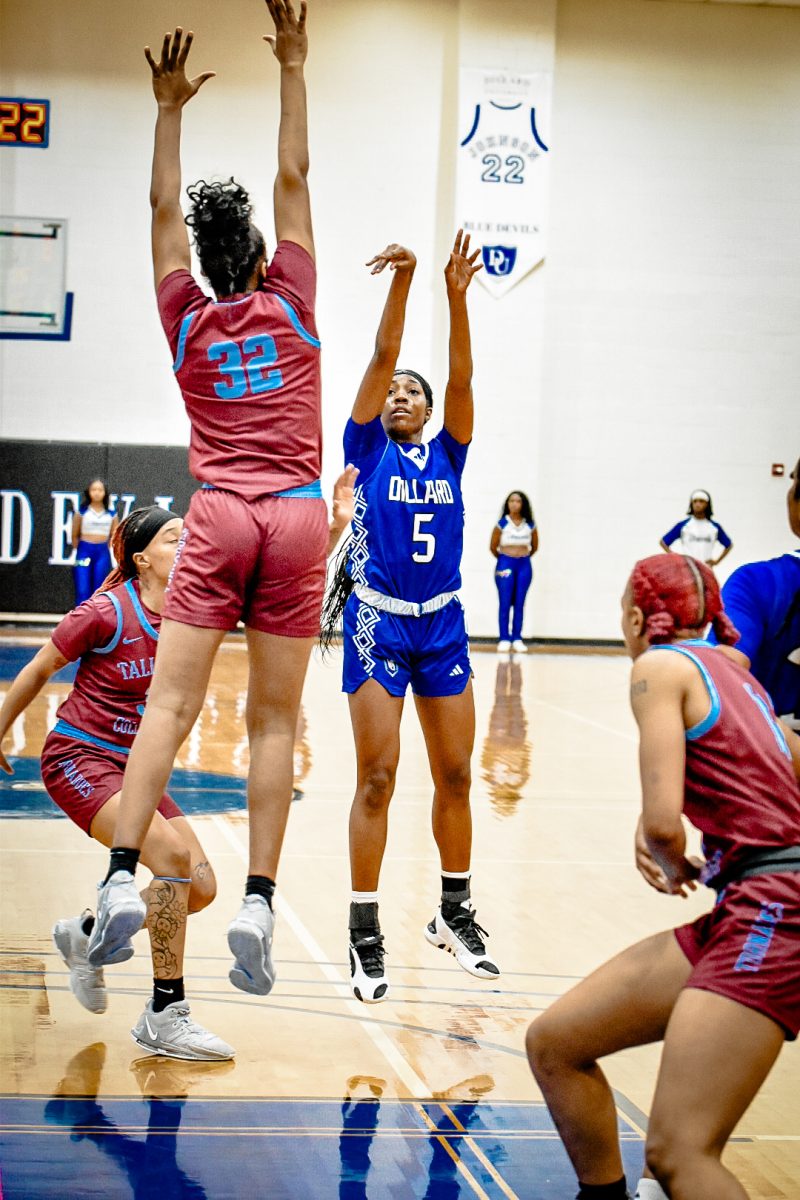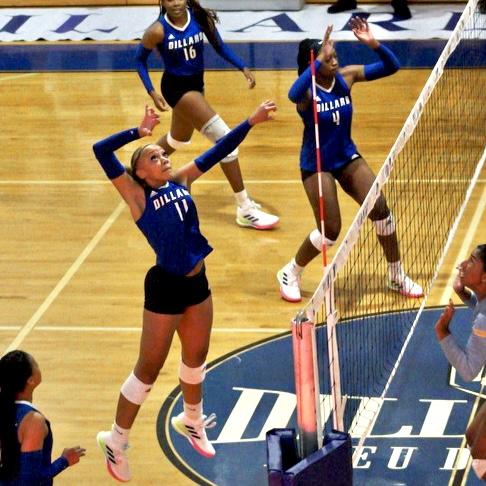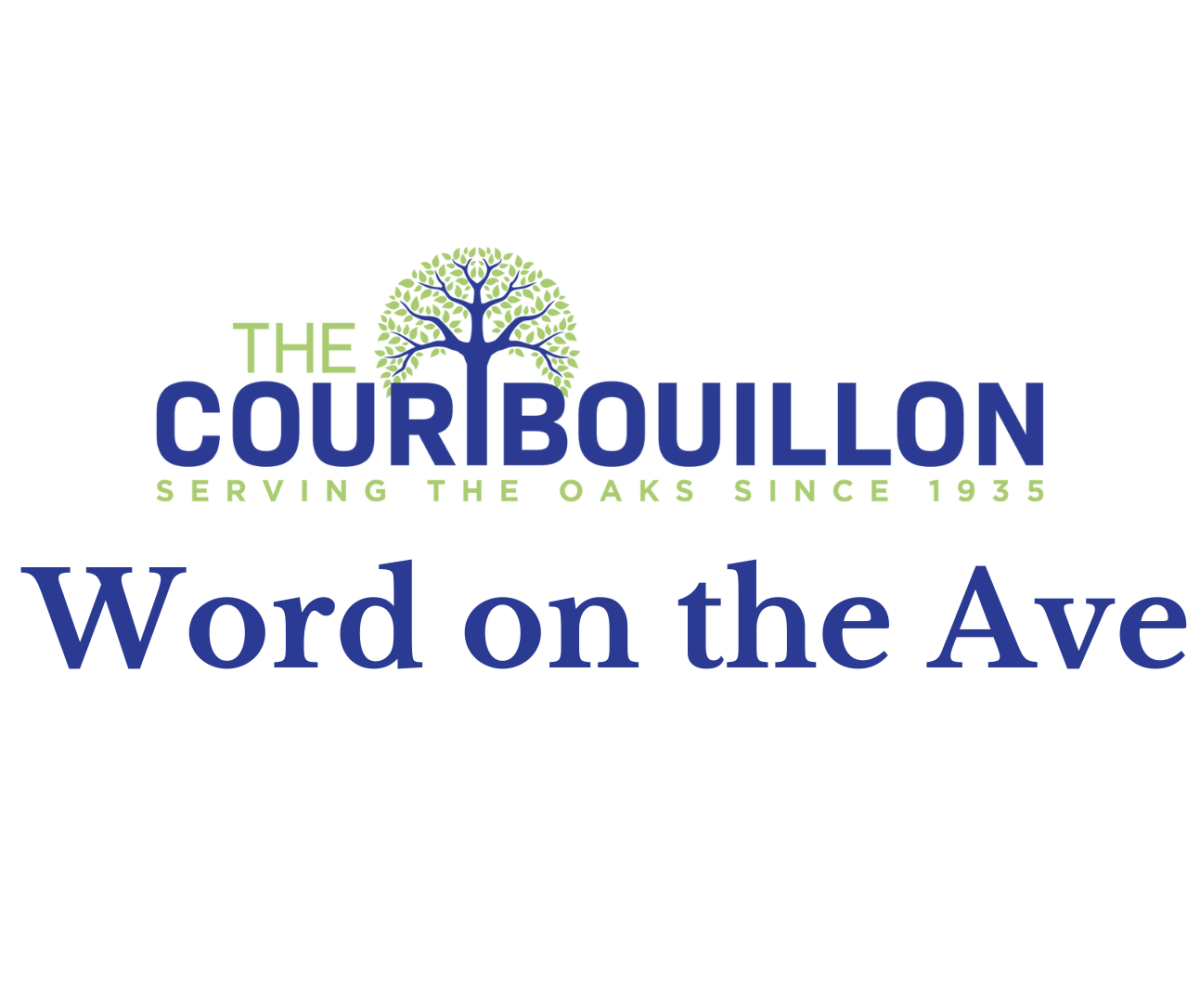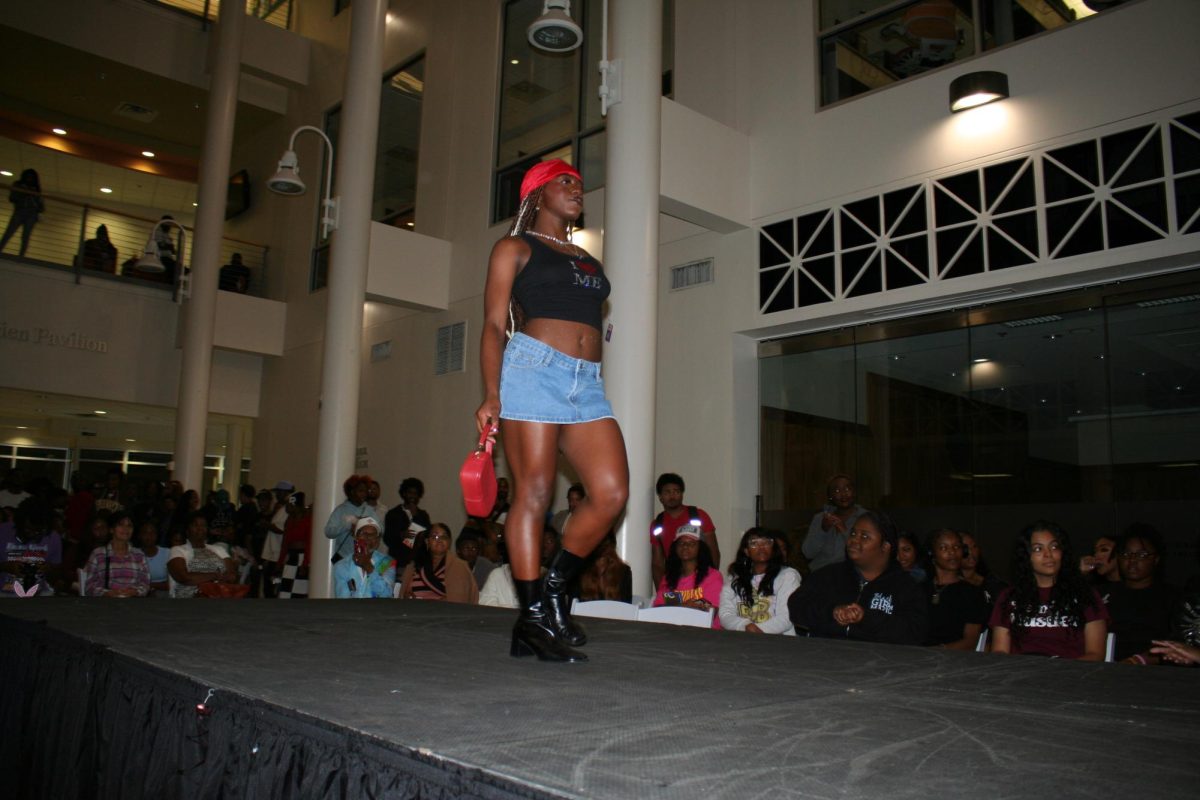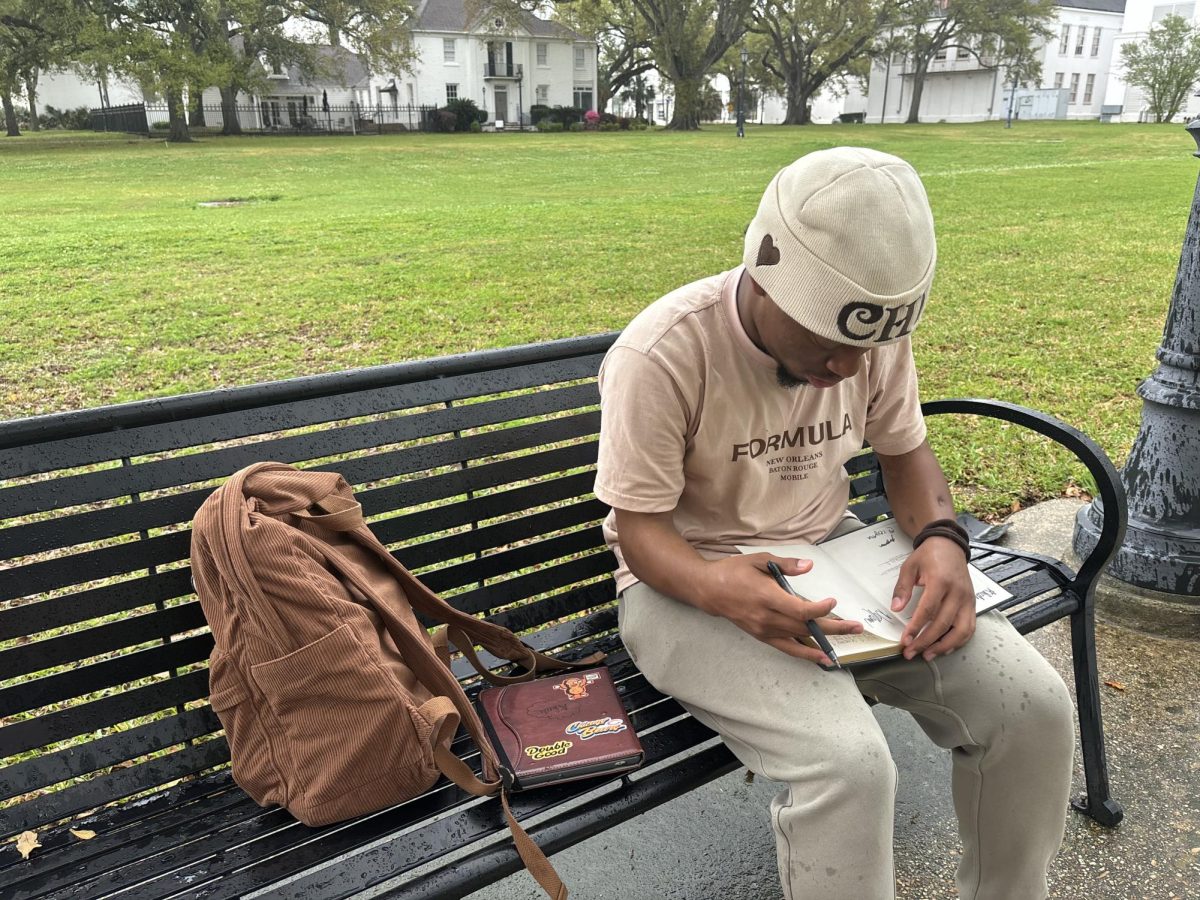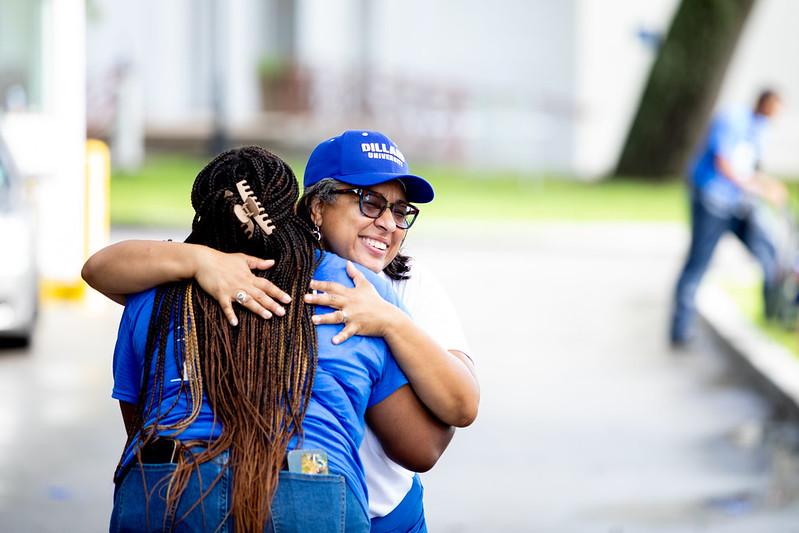NEW ORLEANS (March 10, 2017) – Dillard University students dodged a financial bullet this spring when the school covered a TOPS shortfall by using donations to its SAFE fund, but the jury is still out on what will happen next year.
The Louisiana Legislature ended a nine-day special session Feb. 22 after agreeing to use $99 million from the state’s “rainy-day fund” to help offset a $440 million shortfall projected for the next fiscal year that begins July 1. Gov. John Bel Edwards had hoped to fully fund TOPS and a highway construction backlog during the session.
The regular session of the Legislature is due to start April 10.
Like the University of New Orleans, Dillard opted to cover the 42 percent cut that students would face this semester after the Legislature “front-loaded” TOPS payments in the fall. Dillard had 161 students affected while UNO reported about 1,584 affected students.
(Students at other schools were not so fortunate; for example, LSU, which has more than 14,000 TOPS students, did not cover the shortfall.)
Dillard announced Dec. 22 that it would cover the reduction in funding for the 161 students affected through its SAFE Fund, which was established in 2013 to provide emergency funding to help retain students at risk of leaving school because of financial hardships. The cost was $225,000 from “very generous donors,” according to Dr. Walter Kimbrough, university president.
The question is: Can Dillard do this again if the Legislature doesn’t find a way to fully fund TOPS during the regular session?
Dr. Walter Kimbrough, university president, responded to a reporter by email by saying that the SAFE Fund was not created for TOPS: “It was to assist all students since over one-third of our students are not from Louisiana. So we have a program now with SAFE that we could apply to TOPS as well.”
Even so, he said, “We tried to help students this year and were one of two schools to do so. But students can’t expect Dillard to fund a program we don’t control.”
Kimbrough said he’s not surprised about the trouble TOPS funding is having “because the program has grown into something it was not designed originally for. When the focus shifted to all students instead of students of color from lower-income families, the money ran out.”
He encouraged students to get active on the issue and “pressure state lawmakers to fully fund the program or change it to help the students it was originally supposed to fund.”
He said the question is: “What will students do about TOPS?”
(Dominique Morris contributed to this report.)

